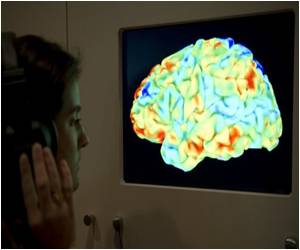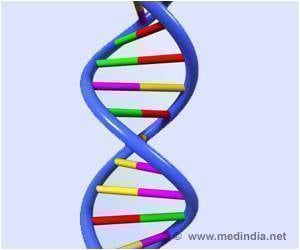Lou Gehrig's disease -Amyotrophic lateral sclerosis, is marked by a cascade of cellular and inflammatory events that weakens and kills vital motor neurons in the brain and spinal cord.

Motor neurons, or nerve cells, in the brain and spinal cord control the function of muscles throughout the body. In amyotrophic lateral sclerosis (ALS), motor neurons die and muscles weaken. Patients gradually lose the ability to move and as the disease progresses, are unable to breathe on their own. Most people with ALS die from respiratory failure within 3 to 5 years from the onset of symptoms.
For the study, published online this month in Neuron, researchers examined a protein involved in transcriptional regulation, called nuclear factor-kappa B (NF-κB), known to play a role in the neuroinflammatory response common in ALS. NF-ƘB has also been linked to cancer and a number of other inflammatory and autoimmune diseases.
Using animal models, the researchers studied disease progression in mice in which NF-ƘB had been inhibited in two different cell types — astrocytes, the most abundant cell type in the human brain and supporters of neuronal function; and microglia, macrophages in the brain and spinal cord that act as the first and main form of defense against invading pathogens in the central nervous system. Inhibiting NF-ƘB in microglia in mice slowed disease progression by 47 percent, says Brian Kaspar, MD, a principal investigator in the Center for Gene Therapy at Nationwide Children's and senior author of the new study.
"The field has identified different cell types in addition to motor neurons involved in this disease, so one of our approaches was to find out what weapons these cells might be using to kill motor neurons," Dr. Kaspar says. "And our findings suggest that the microglia utilize an NF-κB-mediated inflammatory response as one of its weapons."
Inhibiting the protein in astrocytes had no impact on disease progression, so the search for the weapons that cell type uses against motor neurons continues. These preliminary findings also don't tell scientists how or why NF-κB turns the ordinarily protective microglia into neuron-killing molecules. But despite the mysteries that remain, the study moves scientists closer to finding a treatment for ALS.
Advertisement
"Focusing on stopping the changes that occur in astrocytes and microglia has clinical relevance because most people don't know they're getting ALS, says Dr. Kaspar, who also is an associate professor of pediatrics and neurosciences at The Ohio State University College of Medicine. "We have identified a pathway in microglia that may be targeted to ultimately slow disease progression in ALS and are exploring potential therapeutic strategies and may have broader implications for diseases such as Alzheimer's and Parkinson's Disease amongst others."
Advertisement












